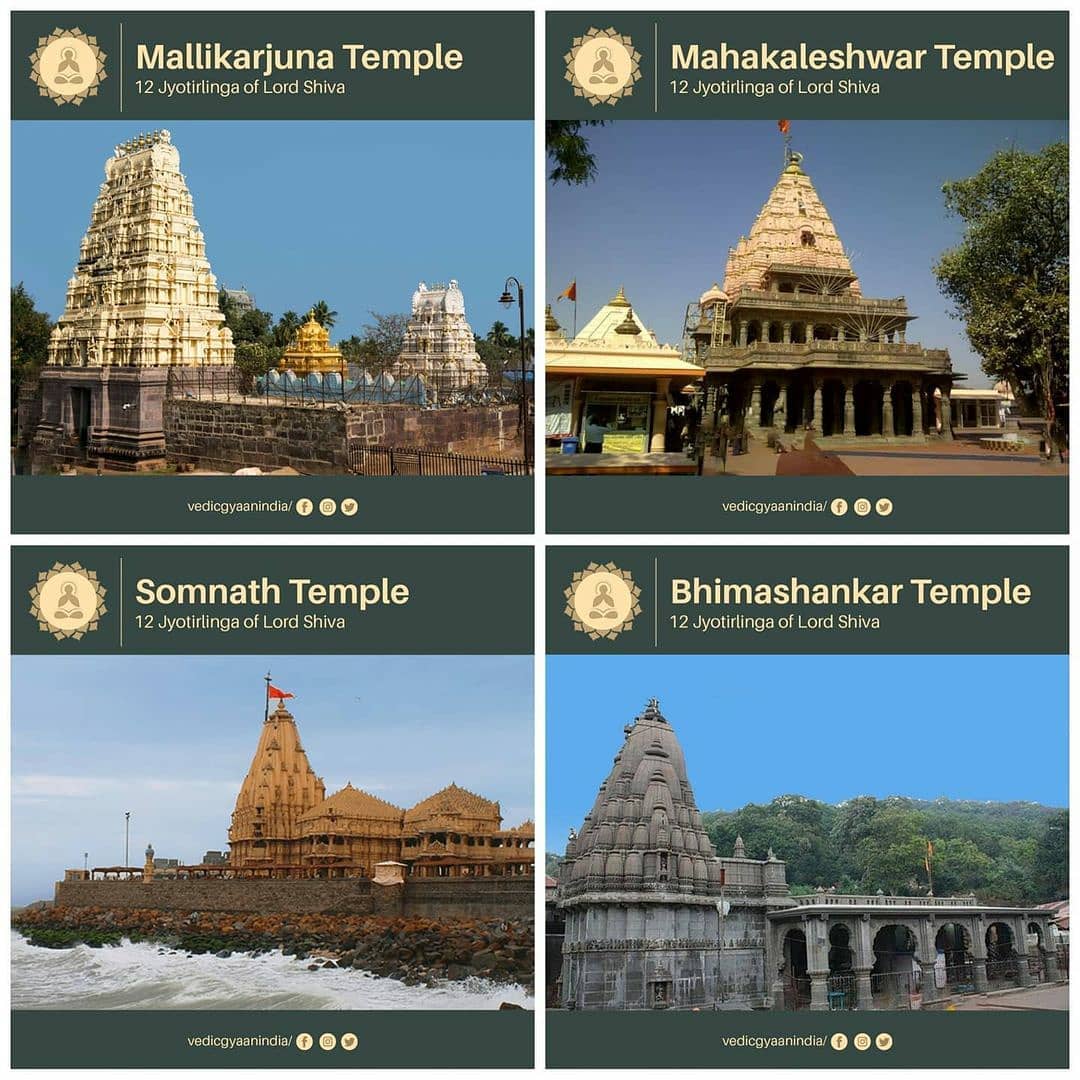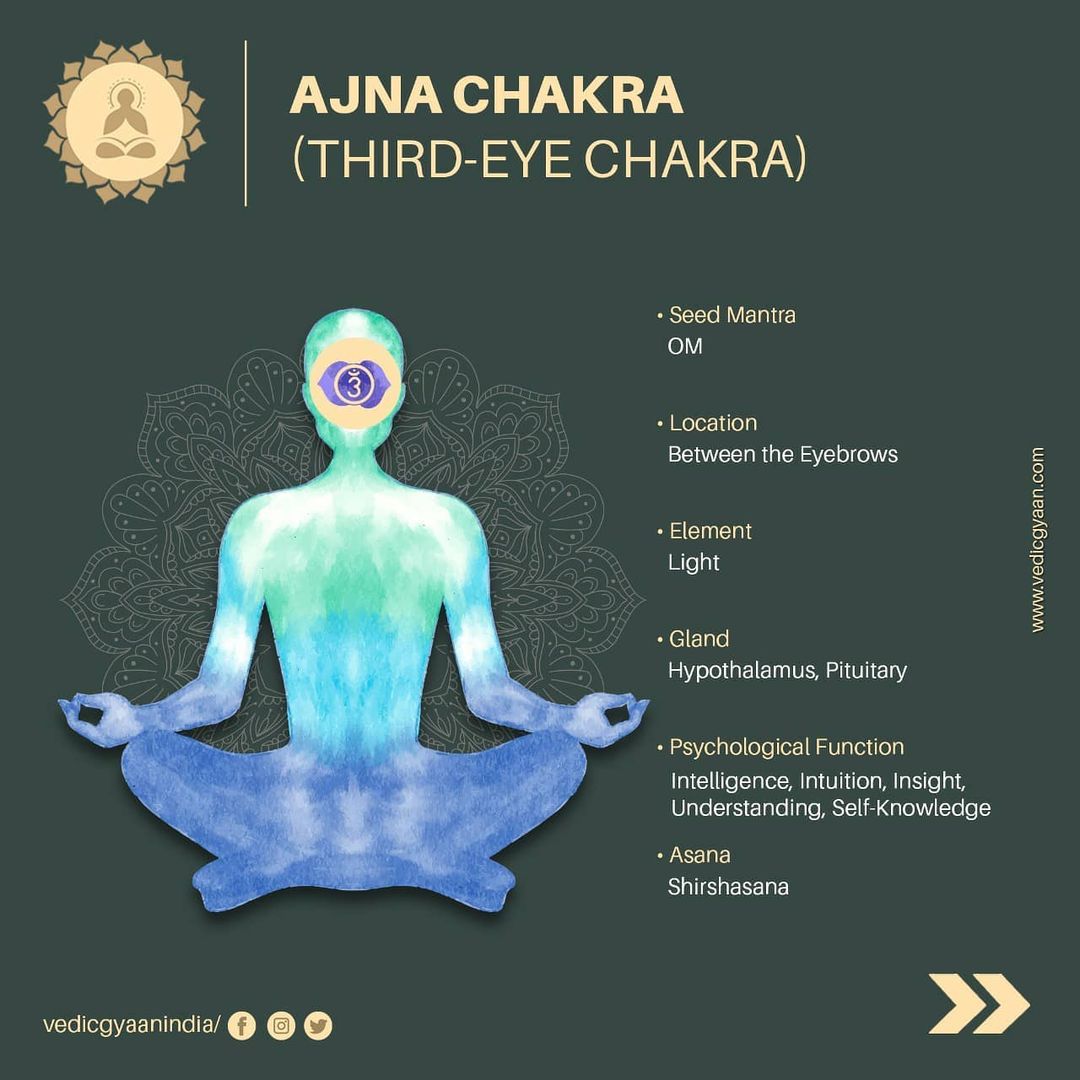
The four great eras in #SanatanDharma are Satya Yug, Treta Yug, Dwapar Yuga, and Kali Yuga. Satya Yuga or the Age of Truth lasts for 4800 divine years, Treta Yuga for 3,600, Dwapara Yug for 2400, and Kali Yuga will last for 1200 divine years a divine year equalling 360 earthly 

years. Sanatan tradition holds three of these great ages of this current universe that have already passed away, and we are now living in the fourth yuga the Kali. It is quite hard to look at the meaning of huge quantities of time expressed, the numbers are quite huge. There are
different theories about the meaning of these measurements of time. The four yuga ages may showcase the four phases of evolution during that humans gradually lose awareness of their inner selves and subtle bodies. Sanatan dharma believes that humans have five kinds of koshas,
known as annamaya kosha, pranamaya kosha, manomaya kosha, vignanamaya kosha, and anandamaya kosha meaning food, energy, mind, knowledge, and bliss.
Another theory says that these eras of time represent degrees of loss of right doing in the world. This theory suggests that during
Another theory says that these eras of time represent degrees of loss of right doing in the world. This theory suggests that during
Satya Yuga, only truth prevailed (Sanskrit Satya = truth). During the Treta Yug, the universe lost one-fourth of the truth, Dwapar lost one-half of the truth, and now the Kali Yug is left with only one-fourth of the truth.
Evilness and dishonesty have therefore replaced truth gradually in the last three ages.
सनातन धर्म के चार महान युग सत्य युग, त्रेता युग, द्वापर युग और कलियुग हैं। सत्य युग या सत्य का युग 4800 दिव्य वर्षों तक रहता है, त्रेता युग 3,600 के लिए, द्वापर युग 2400 के लिए, और कलियुग 1200 दिव्य वर्षों तक चलेगा एक दिव्य वर्ष 360 सांसारिक वर्षों के बराबर। सनातन परंपरा में इस
वर्तमान ब्रह्मांड के तीन महान युग हैं जो पहले ही बीत चुके हैं, और अब हम चौथे युग कलि में रह रहे हैं। व्यक्त किए गए समय की विशाल मात्रा के अर्थ को देखना काफी कठिन है, संख्याएं काफी बड़ी हैं। समय के इन मापों के अर्थ के बारे में अलग-अलग सिद्धांत हैं। चार युग विकास के चार चरणों का
प्रदर्शन कर सकते हैं, जिसके दौरान मनुष्य धीरे-धीरे अपने आंतरिक स्वयं और सूक्ष्म शरीर के बारे में जागरूकता खो देते हैं। सनातन धर्म का मानना है कि मनुष्य के पास पांच प्रकार के कोष होते हैं, जिन्हें अन्नमय कोश, प्राणमय कोश, मनोमय कोश, विज्ञानमय कोश और आनंदमय कोश का अर्थ भोजन,
ऊर्जा, मन, ज्ञान और आनंद के रूप में जाना जाता है। एक अन्य सिद्धांत कहता है कि समय के ये युग दुनिया में सही काम करने के नुकसान की डिग्री का प्रतिनिधित्व करते हैं। यह सिद्धांत बताता है कि सत्य युग के दौरान, केवल सत्य की जीत हुई (संस्कृत सत्य = सत्य)। त्रेता युग के दौरान, ब्रह्मांड
ने एक चौथाई सत्य खो दिया, द्वापर ने आधा सत्य खो दिया, और अब कलियुग में केवल एक चौथाई सत्य बचा है। इसलिए पिछले तीन युगों में बुराई और बेईमानी ने धीरे-धीरे सच्चाई का स्थान ले लिया है।
• • •
Missing some Tweet in this thread? You can try to
force a refresh






















